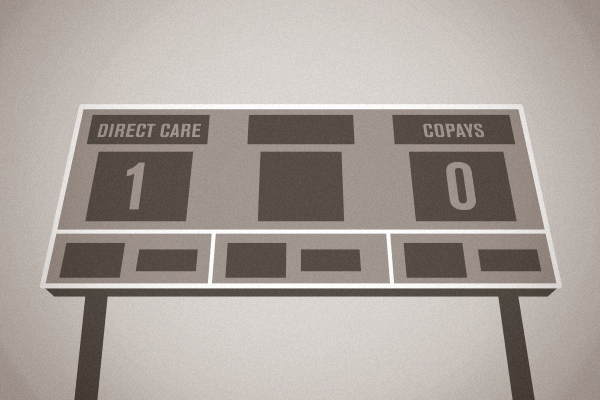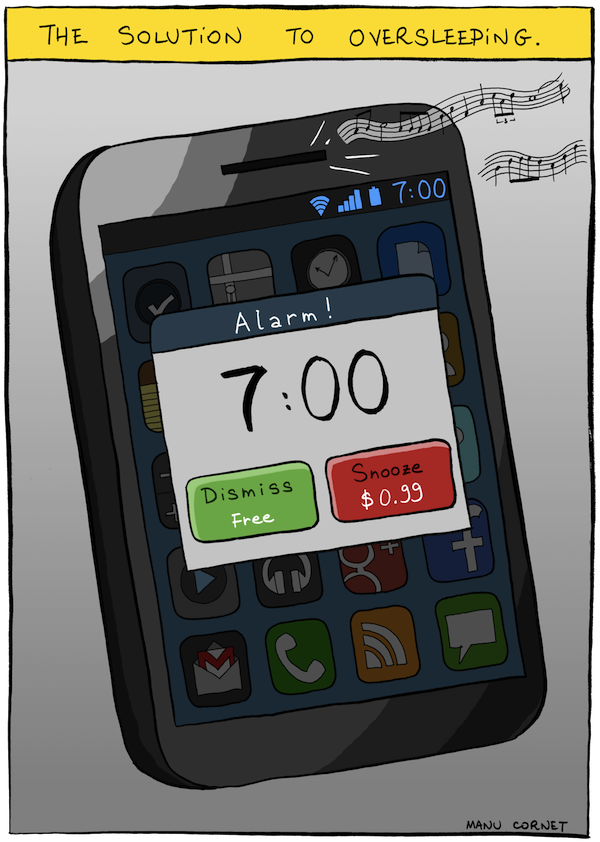According to AP, “New research suggests giving patients easier-to-take medicine and no-copay medical visits can help drive down high blood pressure, a major contributor to poor health and untimely deaths nationwide.” They released a new article highlighting the optimistic results. This is a major win for common sense, something direct care has been sticking up for years now. If people don’t have to pay to come in to the doctor, they will see the doctor. Of course, we want to toast these findings with everything in the cabinet. But, to be fair, let’s go over what actually happened in the study.
What Was The Problem?
High blood pressure affects 1 in 3 U.S. adults, or 67 million people, and the condition caused or contributed to more than 348,000 deaths in 2009, according to the Centers for Disease Control and Prevention.
Normal blood pressure is considered a reading of less than 120 over 80; high blood pressure is 140 over 90 or higher. High blood pressure typically causes no symptoms, at least initially, and can sometimes be managed with a healthy lifestyle, including physical activity plus avoiding salty foods, heavy drinking and excess weight. But two or more prescription drugs are often needed to bring high blood pressure under control.
How Was The Study Conducted?
In 2001, the Kaiser group introduced a system-wide program involving its 1,800 primary care doctors to tackle the problem. It created a registry of adult members with high blood pressure, based on medical records. The large scale eight-year program involved 300,000+ patients with high blood pressure. In 2007, the program began offering free follow-up visits with medical assistants, rather than doctors, checking blood pressure readings. Besides charging no insurance copayment, these brief visits were available at more flexible times, increasing chances that patients would stick with the program.
What Was Concluded From The Study?
A) Researchers said at first, less than half of the patients had good blood pressure, by the end, more than 80%. (That’s a win in our opinion.)
B) The number of heart attacks and strokes among Northern California members fell substantially during roughly the same time as the 2001-09 study.
C) By 2011 (after the study was completed) even more patients had good blood pressure, somewhere around 87% to be exact.
What Key Insights Were Gained?
A) Dr. Goutham Rao, a family medicine specialist at NorthShore University HealthSystem, said, “If we were able to keep everyone’s blood pressure under control in the United States, the number of new strokes and heart attacks would go down just exponentially.”
B) Donna Arnett, president of the American Heart Association, said “it’s well documented that compliance to medication increases” when it’s simpler to take. She said the results suggest that other large medical systems could adopt similar programs and achieve similar success. (Hmmm, has she heard of Atlas MD?)
What Contributed To The Results?
Two features likely played a big role in the program’s success:
A) In 2005, the region started using a single generic pill combining two common blood pressure drugs, lisinopril and a diuretic. The pill is less expensive than taking the two medicines separately, and easier to use.
B) As predicted, the free follow-up visits with no copays and flexible scheduling led to more patients sticking with the program.
What Was Inconclusive?
Dr. Marc Jaffe, the lead author and leader of a Kaiser heart disease risk reduction program, said it’s impossible to know if the blood pressure program can be credited for those declines, but he thinks it at least contributed.
So overall, the researchers took a soft stance on how crucial the additional visits were to lowering blood pressure. Either way, the lack of a copay motivated patients to show up for tests, and, most importantly, keep their head in the game. Money is a powerful influencer, or as we know personally, an equally powerful dissuader. In simple terms, if people can pay less for a year of doctor visits and prescriptions than they would for an insurance plan alone (which is possible given Atlas MD-style direct care), people will make the former choice. In the case of someone with high blood pressure, the savings become more apparent when you factor in wholesale prescription cost.
Yes, high blood pressure is serious, but this comic sums up why we believe direct care will get more people in to see a doctor.

